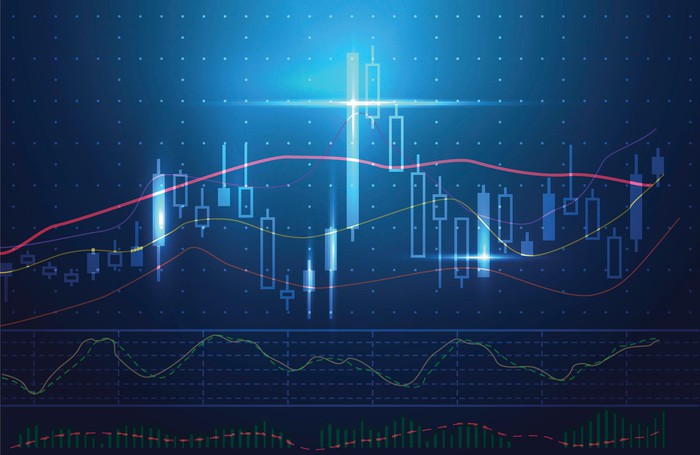Investments are typically analyzed singularly, and collection is considered a “portfolio.” This is a mistake because, while each investment has its own risk and return profile, the combination represents one single combined investment. In other words, a portfolio should be thought of as one investment with its own risk-adjusted return profile. That is, an investment with its own risk-adjusted return. It has dynamic components which consist of each investment within the portfolio. But a portfolio should not be viewed as a collection of investments with different risks.In thinking about where to invest, one of the most important components is to first think about the industry or sector where the company competes. It is important to target specific industries that are worth the investment. A great company within a mediocre sector is not worth the time. As an example, GE, once one of the world’s most valuable companies, has lost most of its market value because it competed in sectors, such as large turbines for energy generation, that were no longer attractive. It doesn’t matter if, according to GE’s standards, it was the number one or number two competitor in that sector. The sector is not worth the time. As it has now been shown, that matters more than how successfully one competes.Of course, it does matter how well a company competes once you chosen an attractive sector. An example here is Nvidia, a company that not only participated in an extremely attractive sector – specialized integrated circuits for intense processing, initially focused on gaining and then artificial intelligence – it competed effectively to become an industry sector leader. As a result, its value has increased almost 10 X in the last seven years.Different sectors have different risk components, and different companies competing within the sectors also have different risk profiles. It is appropriate to combine securities with different risk profiles, in both its sector and competitive position. Each of these companies can be thought of as a growth, defensive, cyclical, or stable investment, for example, depending on these different profiles.Fundamentally, a successful investment strategy combines companies competing successfully in attractive sectors offering unique risk-adjusted return when combined into a single portfolio. It is this investment strategy where the risk-adjusted return is superior. What do we mean by risk-adjusted return? A simple way to explain this is through an “S” curve, as demonstrated below. There is a relatively flat bottom increasing in degree and slope. Sometimes, the slope will increase at an increasing rate, a phenomenon known as “convexity.” We will discuss this later, but convexity is one of the key attributes to an attractive investment. But, as we can see, those returns begin to diminish as we approach a changing slope in the curve.There is a relative flattening at the top of the curve. This is true for every investment. The timescale may be different (attractive returns might be earned for a short time or, potentially, for decades, but, returns eventually flattened). There is no escape from this phenomenon.








